News
What does a Tesla Model S owner think of the Chevy Bolt? (Full review)
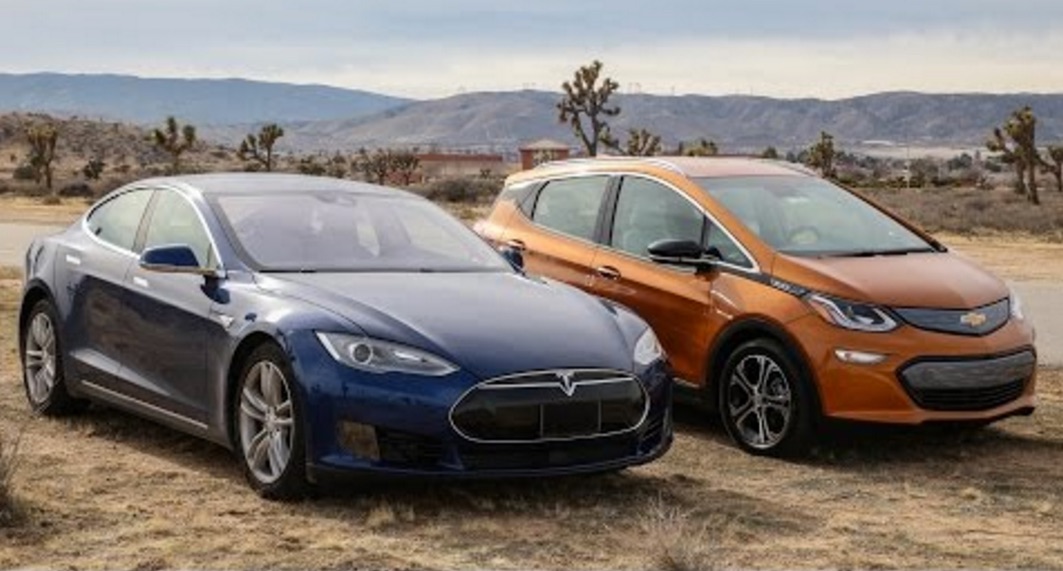
Southern California Tesla Model S owner Alex Venz was recently given 24-hour access to a Chevy Bolt with the stipulation that he not drive it more than 100 miles. After his time with the car was up, Alex put together a lengthy video that explores the Bolt and highlights some of its pluses and minuses.
For starters, Alex found the Bolt was somewhat smaller than the Nissan LEAF he used to own. He calls it larger than a Ford Fiesta but smaller than a Ford Focus. His first impression is that the seats are somewhat narrow. In fact, they measure about 17 inches wide. A quick check on his Model S finds those seats are about 20 inches wide, as are the seats in a Honda Accord he had access to. So the Bolt is a little tight when it comes to hip room.
Head room is another story. The Bolt has more front and rear head room than the Model S. Venz, who says he is 5′ 9″ finds he has almost no headroom in the back seat of his Model S but about 3 inches of clearance in the Bolt. Front headroom in the Bolt is about double what he has in his Model S.
Luggage capacity is also significantly greater in the Tesla. The Bolt can handle three moderate size carry on bags, but with little to no room left over. The rear seats of the Bolt do fold flat, however. Lenz says there’s not enough room to actually lie down in back with the seats folded, but there is enough room for lots of cargo if the rear seats aren’t needed for passengers.
The Bolt takes about 2 seconds more to get to 60 mph than Lenz’s Model S 70 but the time required is still around 7 seconds, which is fairly quick in comparison to most in-category cars with internal combustion engines. The quality of interior materials is adequate, Lenz finds, and he notes that the Bolt has fewer squeaks and rattles than his Model S.
Checking out the car’s controls, Venz found the Bolt comes up short when it comes to ease of operation. The touchscreen is customizable, but requires far more effort to drill down through the available menus than the Tesla does. The Bolt also has no built in navigation function for route planning or finding charging locations. Instead, Bolt drivers will have to rely on apps or the mapping functions provided by Apple Car Play or Android Auto. Neither map program is as fully featured as what Tesla offers.
Venz notes that CCS quick charging is a $750 option. Without it, the Bolt can only be charged at either 8 or 12 amps from a household outlet, or roughly 3 miles of range per hour of charge. Just as with the Chevy Volt, 8 amps is the default setting. The driver must manually select the 12 amp setting every time, which is tedious. The car also is programmed to do a 100% charge every time. There is no way to select a lesser charging level.
Update: In the comments to this post, several people took issue with Venz’s information on charging. This comes from GreenMonkeyPants: “Untrue. without the CSS option, there’s a standard J1772 that will charge at 32A @240V.” Further information may be obtained from the website Chevy EV Life.
The ride and handling of the Bolt are described as good. The car is responsive and nimble in a way the Model S, being considerably larger, is not. Venz does praise the regenerative braking feature built into the Bolt, which he says permits one pedal driving. The regen is available even with a full battery and can be boosted with a paddle mounted low and on the left side of the steering wheel.
Venz’s conclusion is that the Bolt is an excellent car for someone who will use it primarily for commuting. It has more than adequate range for most people, it is comfortable, and fun to drive. The seating position is higher than in the Model S and is more like what a driver would expect in a crossover SUV than a sedan. That’s a big plus for a lot of drivers.
On balance, Venz feels the Bolt is one of the best products to come from Chevrolet in quite some time. Comparing prices and functions with the Model S, the Bolt is a good car for the money and may actually be better suited to the way ordinary people drive on a daily basis than the Model S.
That’s not the whole story, of course. The real test will be how the Chevy Bolt stacks up against the Model 3. Most people expect the Tesla midsize car to be more refined and offer a higher level of technology than the Bolt. The Chevrolet product has lane keeping assist, blind spot warnings, and automatic emergency braking available but nothing similar to the Autosteer or TACC features available in the Tesla. The Model 3 will be capable of full autonomous driving; the Bolt is not. It will be interesting to see how the two cars compare when both are available to consumers.

News
Tesla is improving Giga Berlin’s free “Giga Train” service for employees
With this initiative, Tesla aims to boost the number of Gigafactory Berlin employees commuting by rail while keeping the shuttle free for all riders.
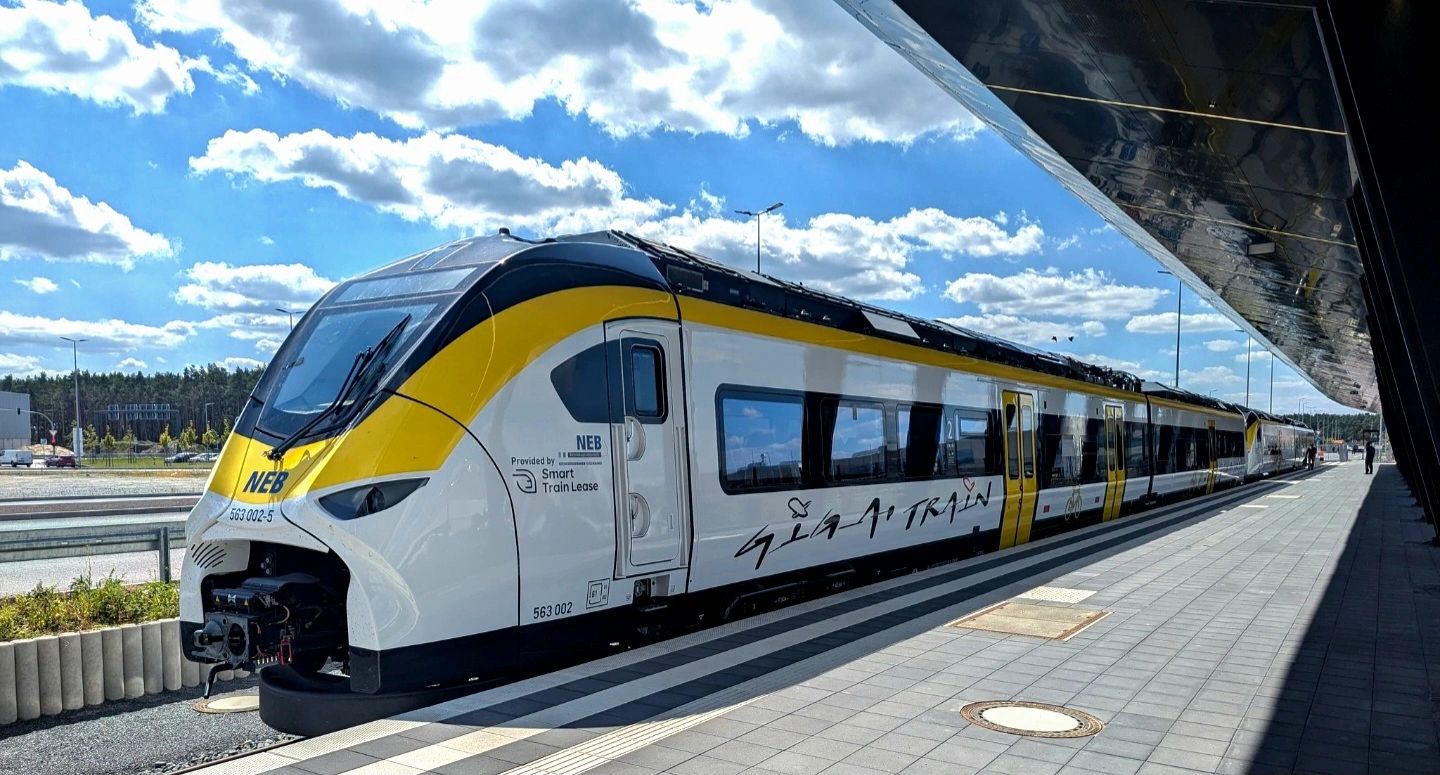
Tesla will expand its factory shuttle service in Germany beginning January 4, adding direct rail trips from Berlin Ostbahnhof to Giga Berlin-Brandenburg in Grünheide.
With this initiative, Tesla aims to boost the number of Gigafactory Berlin employees commuting by rail while keeping the shuttle free for all riders.
New shuttle route
As noted in a report from rbb24, the updated service, which will start January 4, will run between the Berlin Ostbahnhof East Station and the Erkner Station at the Gigafactory Berlin complex. Tesla stated that the timetable mirrors shift changes for the facility’s employees, and similar to before, the service will be completely free. The train will offer six direct trips per day as well.
“The service includes six daily trips, which also cover our shift times. The trains will run between Berlin Ostbahnhof (with a stop at Ostkreuz) and Erkner station to the Gigafactory,” Tesla Germany stated.
Even with construction continuing at Fangschleuse and Köpenick stations, the company said the route has been optimized to maintain a predictable 35-minute travel time. The update follows earlier phases of Tesla’s “Giga Train” program, which initially connected Erkner to the factory grounds before expanding to Berlin-Lichtenberg.
Tesla pushes for majority rail commuting
Tesla began production at Grünheide in March 2022, and the factory’s workforce has since grown to around 11,500 employees, with an estimated 60% commuting from Berlin. The facility produces the Model Y, Tesla’s best-selling vehicle, for both Germany and other territories.
The company has repeatedly emphasized its goal of having more than half its staff use public transportation rather than cars, positioning the shuttle as a key part of that initiative. In keeping with the factory’s sustainability focus, Tesla continues to allow even non-employees to ride the shuttle free of charge, making it a broader mobility option for the area.
News
Tesla Model 3 and Model Y dominate China’s real-world efficiency tests
The Tesla Model 3 posted 20.8 kWh/100 km while the Model Y followed closely at 21.8 kWh/100 km.
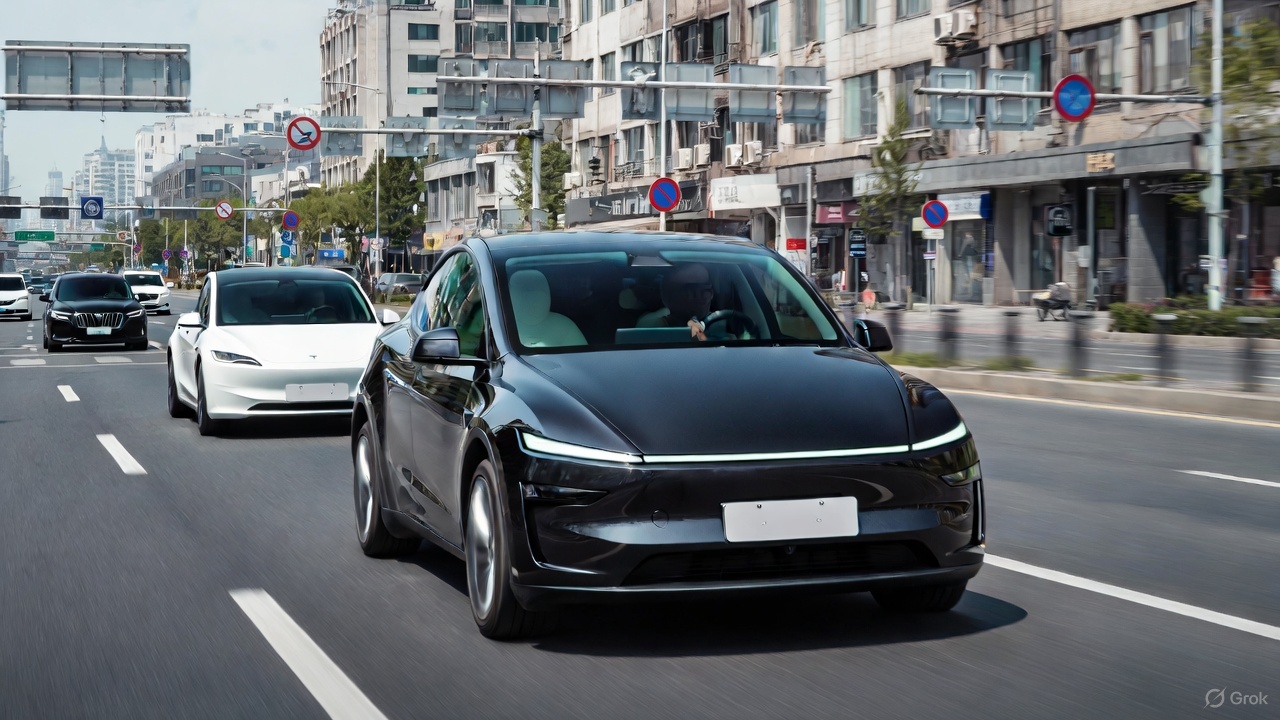
Tesla’s Model 3 and Model Y once again led the field in a new real-world energy-consumption test conducted by China’s Autohome, outperforming numerous rival electric vehicles in controlled conditions.
The results, which placed both Teslas in the top two spots, prompted Xiaomi CEO Lei Jun to acknowledge Tesla’s efficiency advantage while noting that his company’s vehicles will continue refining its own models to close the gap.
Tesla secures top efficiency results
Autohome’s evaluation placed all vehicles under identical conditions, such as a full 375-kg load, cabin temperature fixed at 24°C on automatic climate control, and a steady cruising speed of 120 km/h. In this environment, the Tesla Model 3 posted 20.8 kWh/100 km while the Model Y followed closely at 21.8 kWh/100 km, as noted in a Sina News report.
These figures positioned Tesla’s vehicles firmly at the top of the ranking and highlighted their continued leadership in long-range efficiency. The test also highlighted how drivetrain optimization, software management, and aerodynamic profiles remain key differentiators in high-speed, cold-weather scenarios where many electric cars struggle to maintain low consumption.
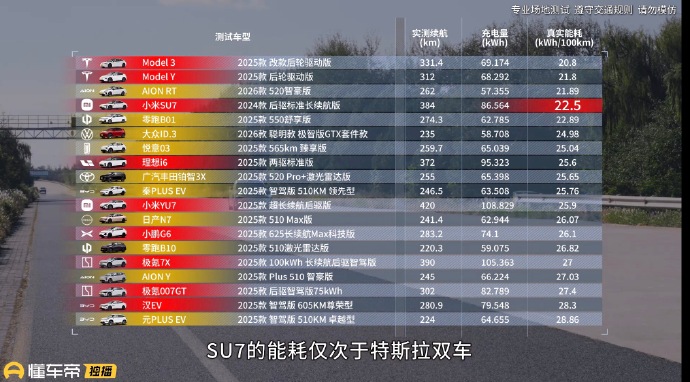
Xiaomi’s Lei Jun pledges to continue learning from Tesla
Following the results, Xiaomi CEO Lei Jun noted that the Xiaomi SU7 actually performed well overall but naturally consumed more energy due to its larger C-segment footprint and higher specification. He reiterated that factors such as size and weight contributed to the difference in real-world consumption compared to Tesla. Still, the executive noted that Xiaomi will continue to learn from the veteran EV maker.
“The Xiaomi SU7’s energy consumption performance is also very good; you can take a closer look. The fact that its test results are weaker than Tesla’s is partly due to objective reasons: the Xiaomi SU7 is a C-segment car, larger and with higher specifications, making it heavier and naturally increasing energy consumption. Of course, we will continue to learn from Tesla and further optimize its energy consumption performance!” Lei Jun wrote in a post on Weibo.
Lei Jun has repeatedly described Tesla as the global benchmark for EV efficiency, previously stating that Xiaomi may require three to five years to match its leadership. He has also been very supportive of FSD, even testing the system in the United States.
Elon Musk
Elon Musk reveals what will make Optimus’ ridiculous production targets feasible
Musk recent post suggests that Tesla has a plan to attain Optimus’ production goals.
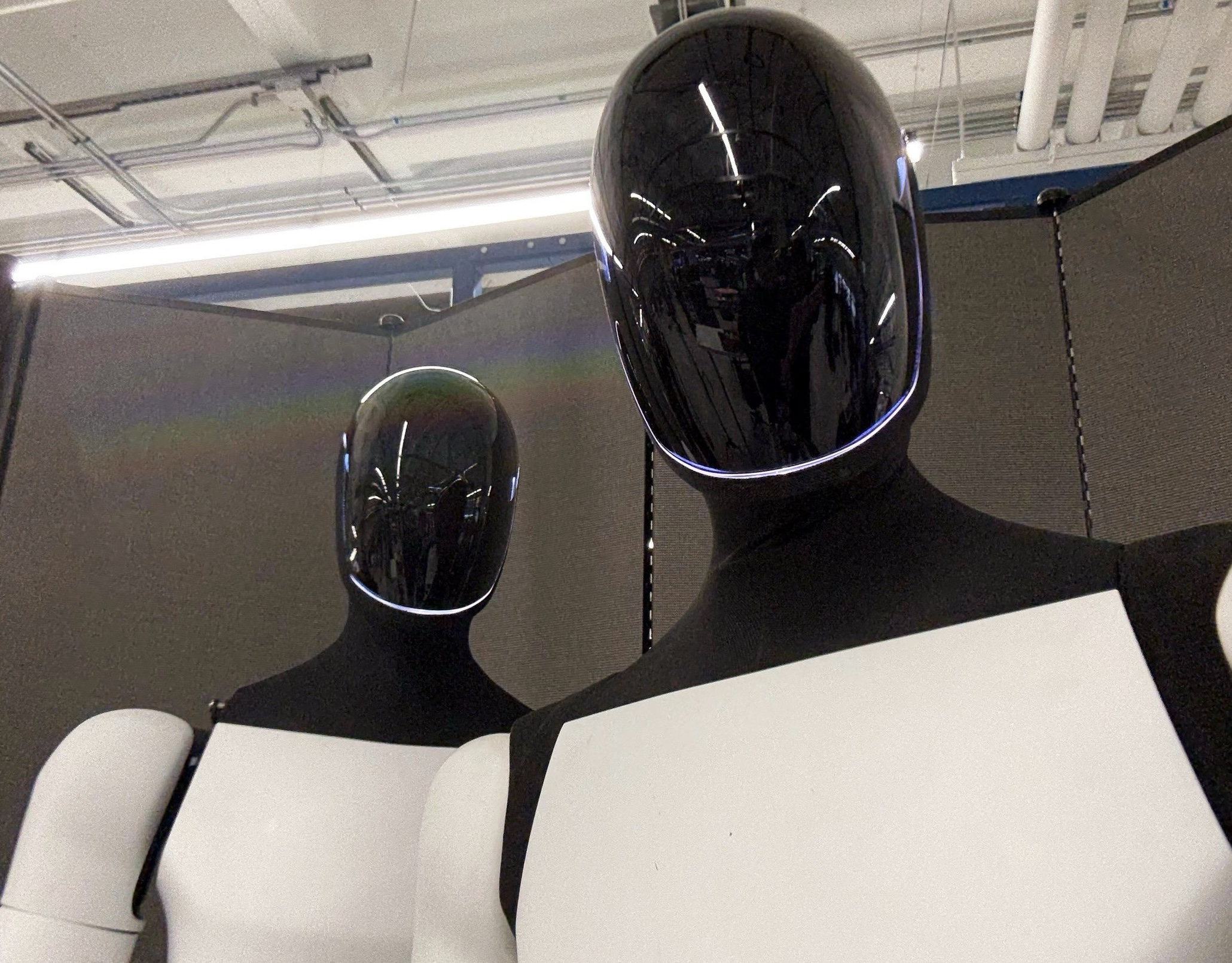
Elon Musk subtly teased Tesla’s strategy to achieve Optimus’ insane production volume targets. The CEO has shared his predictions about Optimus’ volume, and they are so ambitious that one would mistake them for science fiction.
Musk’s recent post on X, however, suggests that Tesla has a plan to attain Optimus’ production goals.
The highest volume product
Elon Musk has been pretty clear about the idea of Optimus being Tesla’s highest-volume product. During the Tesla 2025 Annual Shareholder Meeting, Musk stated that the humanoid robot will see “the fastest production ramp of any product of any large complex manufactured product ever,” starting with a one-million-per-year line at the Fremont Factory.
Following this, Musk stated that Giga Texas will receive a 10 million-per-year unit Optimus line. But even at this level, the Optimus ramp is just beginning, as the production of the humanoid robot will only accelerate from there. At some point, the CEO stated that a Mars location could even have a 100 million-unit-per-year production line, resulting in up to a billion Optimus robots being produced per year.
Self-replication is key
During the weekend, Musk posted a short message that hinted at Tesla’s Optimus strategy. “Optimus will be the Von Neumann probe,” the CEO wrote in his post. This short comment suggests that Tesla will not be relying on traditional production systems to make Optimus. The company probably won’t even hire humans to produce the humanoid robot at one point. Instead, Optimus robots could simply produce other Optimus robots, allowing them to self-replicate.
The Von Neumann is a hypothetical self-replicating spacecraft proposed by the mathematician and physicist John von Neumann in the 1940s–1950s. The hypothetical machine in the concept would be able to travel to a new star system or location, land, mine, and extract raw materials from planets, asteroids, and moons as needed, use those materials to manufacture copies of itself, and launch the new copies toward other star systems.
If Optimus could pull off this ambitious target, the humanoid robot would indeed be the highest volume product ever created. It could, as Musk predicted, really change the world.









